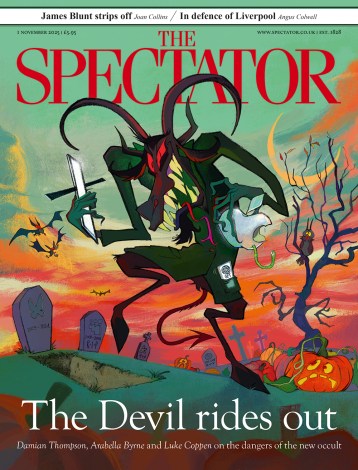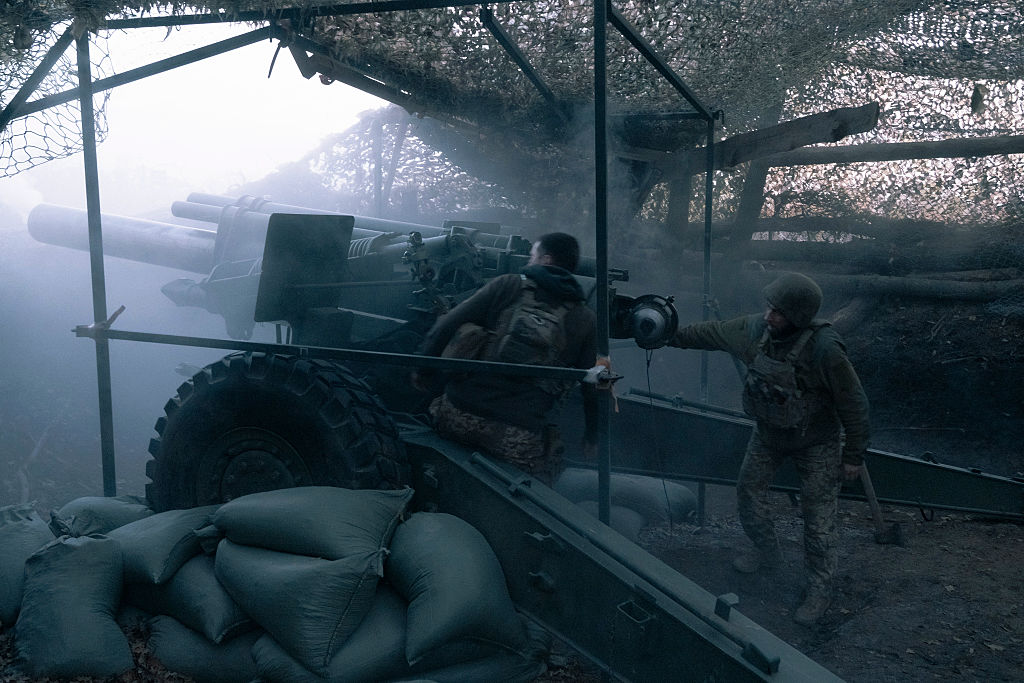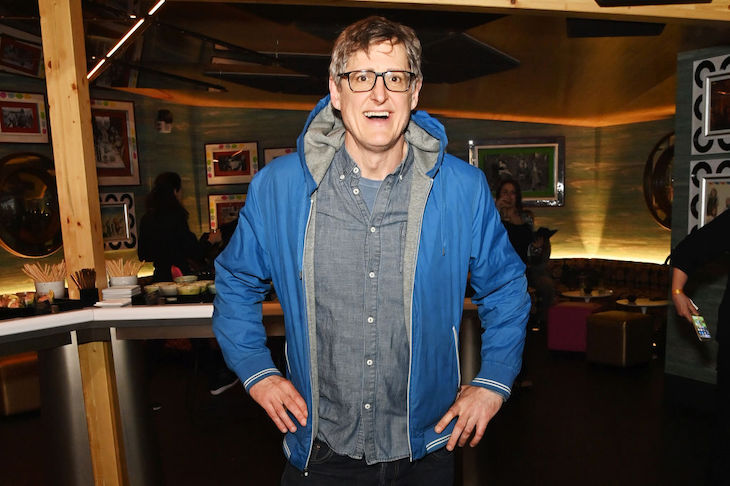What matters more – land or the lives of soldiers? For each side fighting in Ukraine, the answer is different. For Vladimir Putin, every metre of captured Ukrainian soil is worth the lives of tens of thousands of Russians. For Kyiv, the priority is to stop the invaders while keeping casualties to a minimum. Ukraine’s military command has not always managed to hold that balance, at times allowing its troops to be encircled and slaughtered rather than ordering a timely retreat. Today, that same choice between territories and lives is being made in Pokrovsk.
The battle for this fortress city in the Donetsk region has raged for nearly two years, ever since Russian forces marched to Pokrovsk after seizing the ruins of Avdiivka in February 2024. In recent weeks, the fight for Pokrovsk reached a tipping point when at least 250 Russian soldiers, disguised as civilians, slipped into the city under the cover of fog and rain, invisible to Ukrainian drones and thinly spread infantry.
Having smuggled weapons and radios beneath their clothes, they began hunting Ukrainian troops – and above all drone operators, who are the most valuable targets at this stage of the war. Russian infiltrators have also ambushed those moving to and from Pokrovsk and Myrnohrad, a city just three miles to the east. With Russian drones cutting off nearly all logistics in the area, Ukrainian troops have been forced to walk up to ten miles on foot to reach their posts, often not making it that far as they died in the firefights along the way.
Ukraine’s command denied the Russian breakthrough in Pokrovsk until soldiers trapped in the city leaked the truth to the media last weekend. According to Ukrainska Pravda, by Sunday, when the General Staff finally admitted that Russians were inside, small enemy groups had already moved through Pokrovsk and were fighting on its northern outskirts. Oleksandr Syrskyi, Ukraine’s army chief, rushed to the Donetsk region this week to meet the brigade commanders defending the city in person for the first time, declaring that he had ‘listened to their suggestions’.
It may have been too late. Now, creeping forward from the north-east and south-west, Russian forces are tightening the noose around a 12-square-mile pocket stretching from Pokrovsk to Myrnohrad, with Ukrainian troops trapped inside. The main escape route, under skies dominated by Russian drones, has shrunk from six miles wide yesterday to barely two today.
The only way to avoid a massacre once a retreat is ordered is for Ukrainian soldiers to slip out in small groups through the porous front line, abandoning all heavy equipment. As in Avdiivka and, more recently, in Russia’s Kursk region, some will have to stay behind to cover the withdrawal, facing certain death or months of torture in Russian captivity.
While Putin is already celebrating the victory, having offered a five-hour ‘ceasefire’ to welcome foreign journalists into the city, Zelensky is insisting that there is no encirclement. ‘The situation is difficult, but under control,’ he repeated in evening addresses to the nation, stressing that Ukrainian soldiers are outnumbered roughly eight to one. Russian forces have massed some 170,000 troops in the area, while Ukraine’s shortage of infantry has long been catastrophic amid overstretched defence lines, mass desertions and insufficient mobilisation.
Given Kyiv’s public stance, the Ukrainian defenders will be holding the city until it is too late to withdraw without huge losses. As Putin’s wheel of death and destruction rolls west, Ukraine is entering a new phase of the war, one in which a few hundred Russian infiltrators can cause entire cities to fall.








Comments